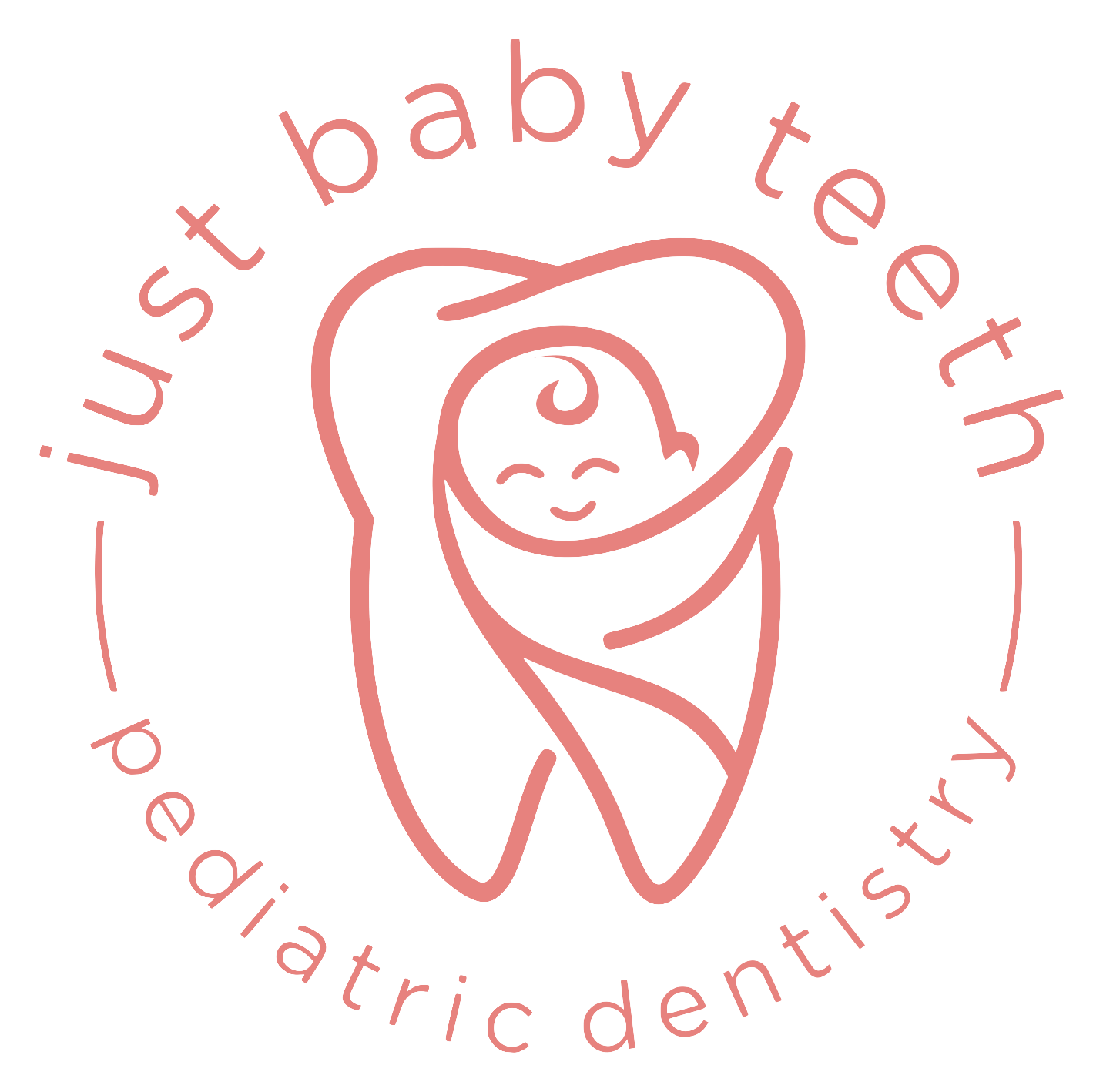What Do White and Yellow Spots on Baby Teeth Mean? Causes & When to See a Dentist
As a parent, you might notice white or yellow spots on your child’s teeth and wonder what’s causing them. Are they cavities? Stains? Something to be worried about? At JustBabyTeeth Pediatric Dentistry, we help parents understand their child’s dental health with clear, honest, and stress-free guidance. Here’s what those spots could mean and why it’s important to have them checked by a pediatric dentist.
1. Early Cavity (White Spot Lesion)
What it is: White spots near the gumline or on the chewing surfaces of teeth can be the first sign of a cavity. This happens when enamel starts losing minerals due to prolonged exposure to bacteria and sugars. If left untreated, the spot can turn yellow or brown as decay progresses.
How to recognize it: These spots often appear dull and chalky. They may be near the gumline or in areas where plaque builds up. Unlike stains, these areas do not disappear with brushing.
What to do: The good news is that early cavities can sometimes be stopped or reversed with fluoride treatments and better oral hygiene. But if the enamel breaks down further, a filling or other treatment may be needed. Schedule a visit with Dr. Jimmy at JustBabyTeeth Pediatric Dentistry to catch cavities early.
2. Enamel Hypoplasia (Thin or Missing Enamel)
What it is: Some children are born with weaker or thinner enamel due to a condition called enamel hypoplasia. This can happen due to premature birth, illness, poor nutrition during infancy, or genetic factors. These spots can be white, yellow, or brown, and may appear pitted or uneven.
How to recognize it: If a baby tooth erupts with a spot already on it, this could indicate enamel hypoplasia. These spots do not change color quickly but can be more prone to cavities.
What to do: Since teeth with hypoplasia are weaker, they need extra care. Fluoride treatments and sealants can help protect them. A pediatric dentist can recommend the best approach based on your child’s needs. Learn about our preventive care options at JustBabyTeeth Pediatric Dentistry.
3. Enamel Decalcification (Mineral Loss from Acid)
What it is: Enamel decalcification happens when acids from plaque and food break down the minerals in the enamel. This is common in children who eat frequent sugary snacks or have inconsistent brushing habits. The result is white, chalky spots that can later turn yellow or brown if the process continues.
How to recognize it: These spots often form near the gumline or on the front teeth. They are typically bright white and have a dull, non-glossy appearance.
What to do: The key to stopping decalcification is improving brushing habits and using fluoride. If caught early, these spots can be reversed. If left untreated, they can turn into cavities. Need brushing tips? Visit our Preventive Dentistry page to learn more.
When to See a Dentist
If you notice any white or yellow spots on your child’s teeth, it’s best to have them checked by a pediatric dentist. Some spots may be harmless, but others could indicate a risk of cavities or weak enamel that needs extra protection.
At JustBabyTeeth Pediatric Dentistry, we make dental visits fun, stress-free, and educational. Schedule an appointment today to ensure your child’s teeth stay healthy and strong!

